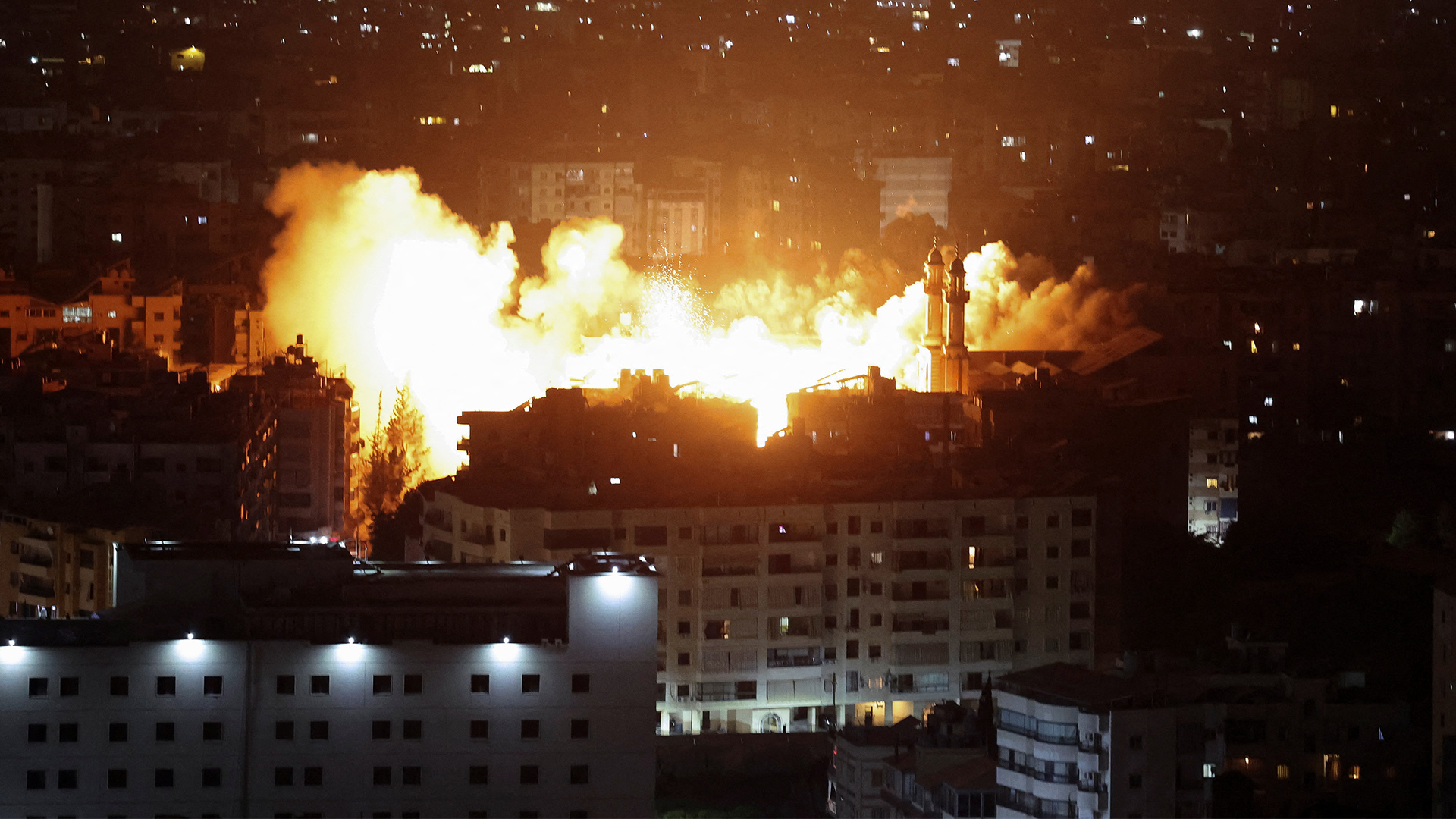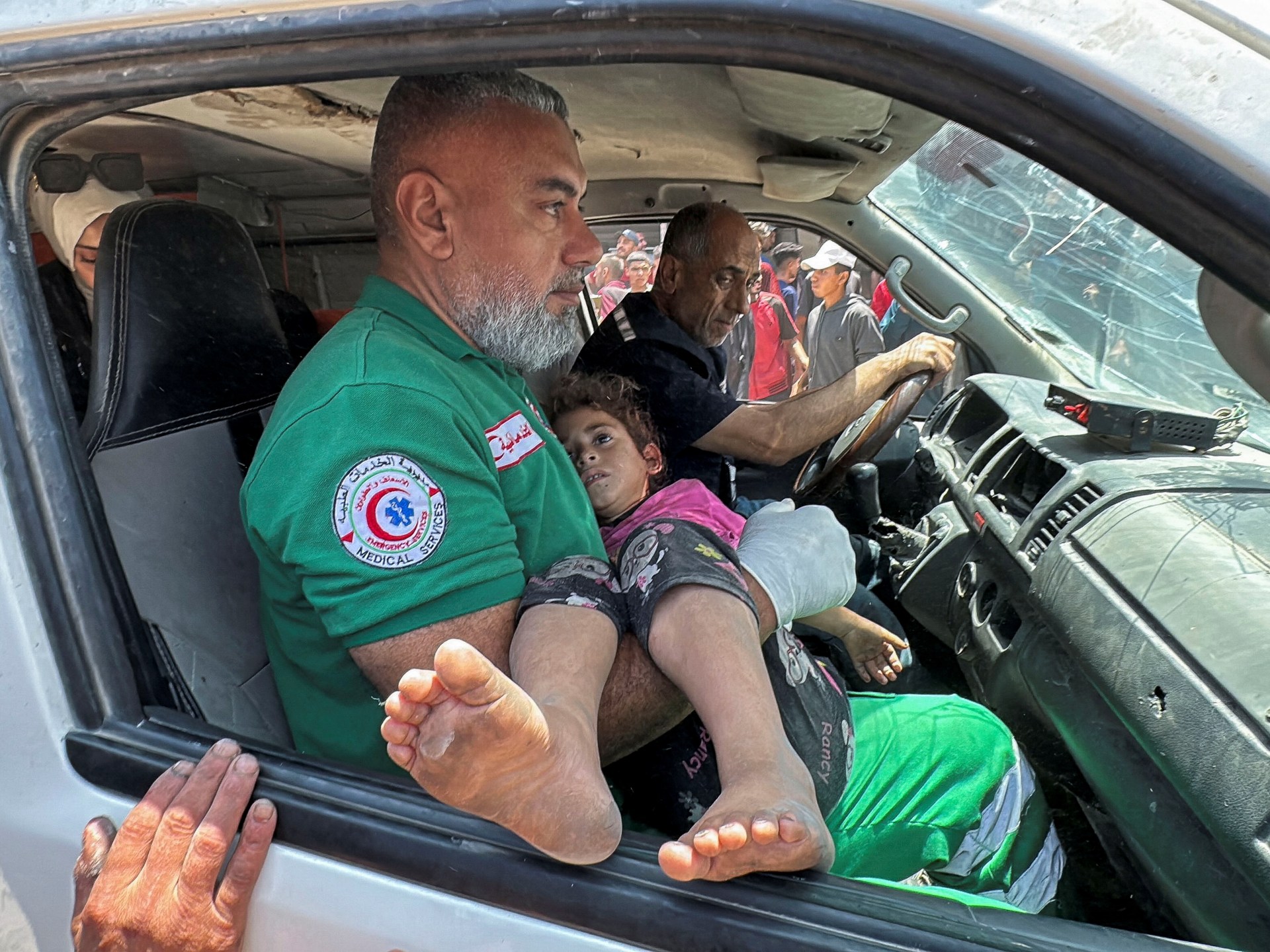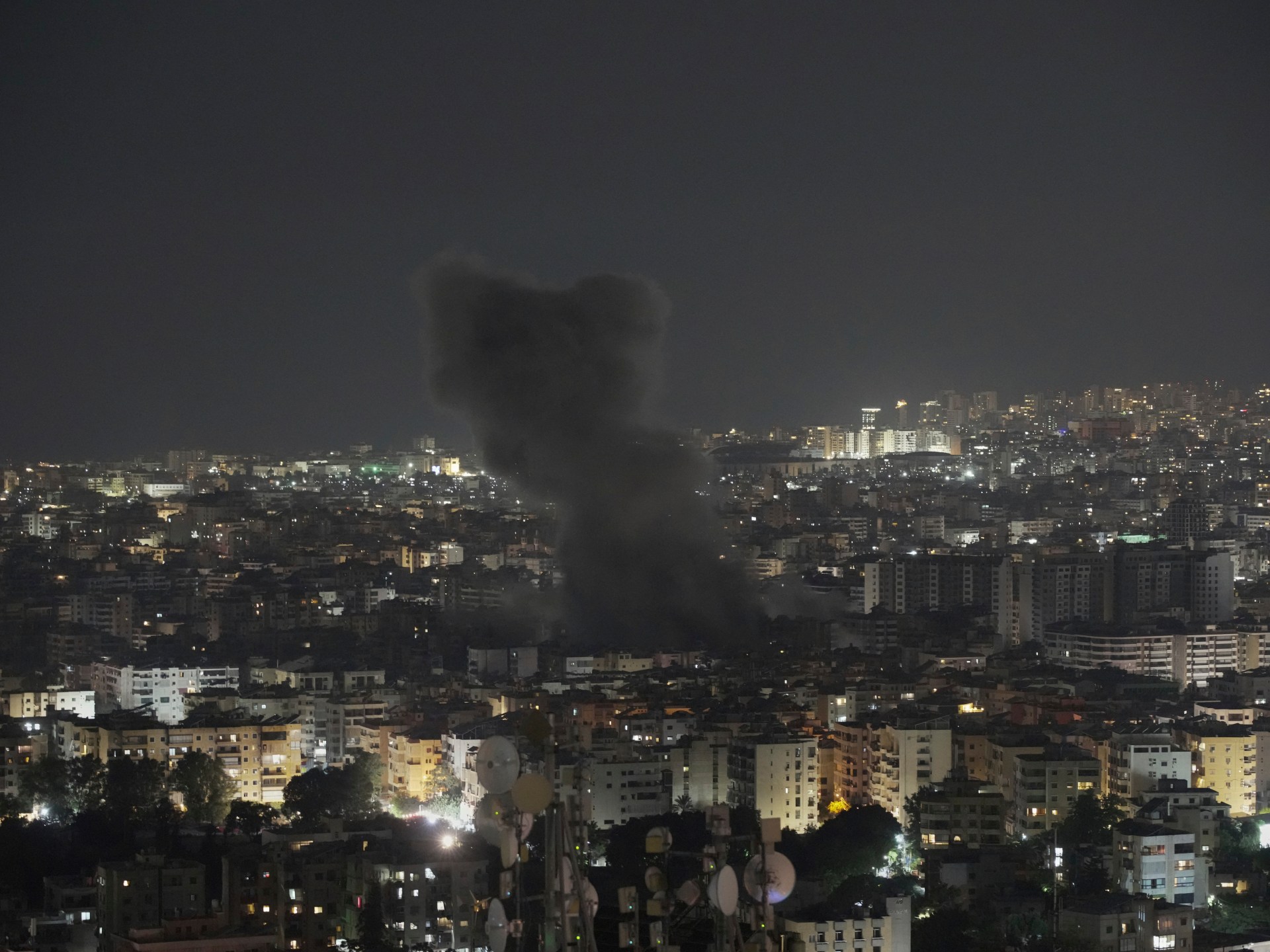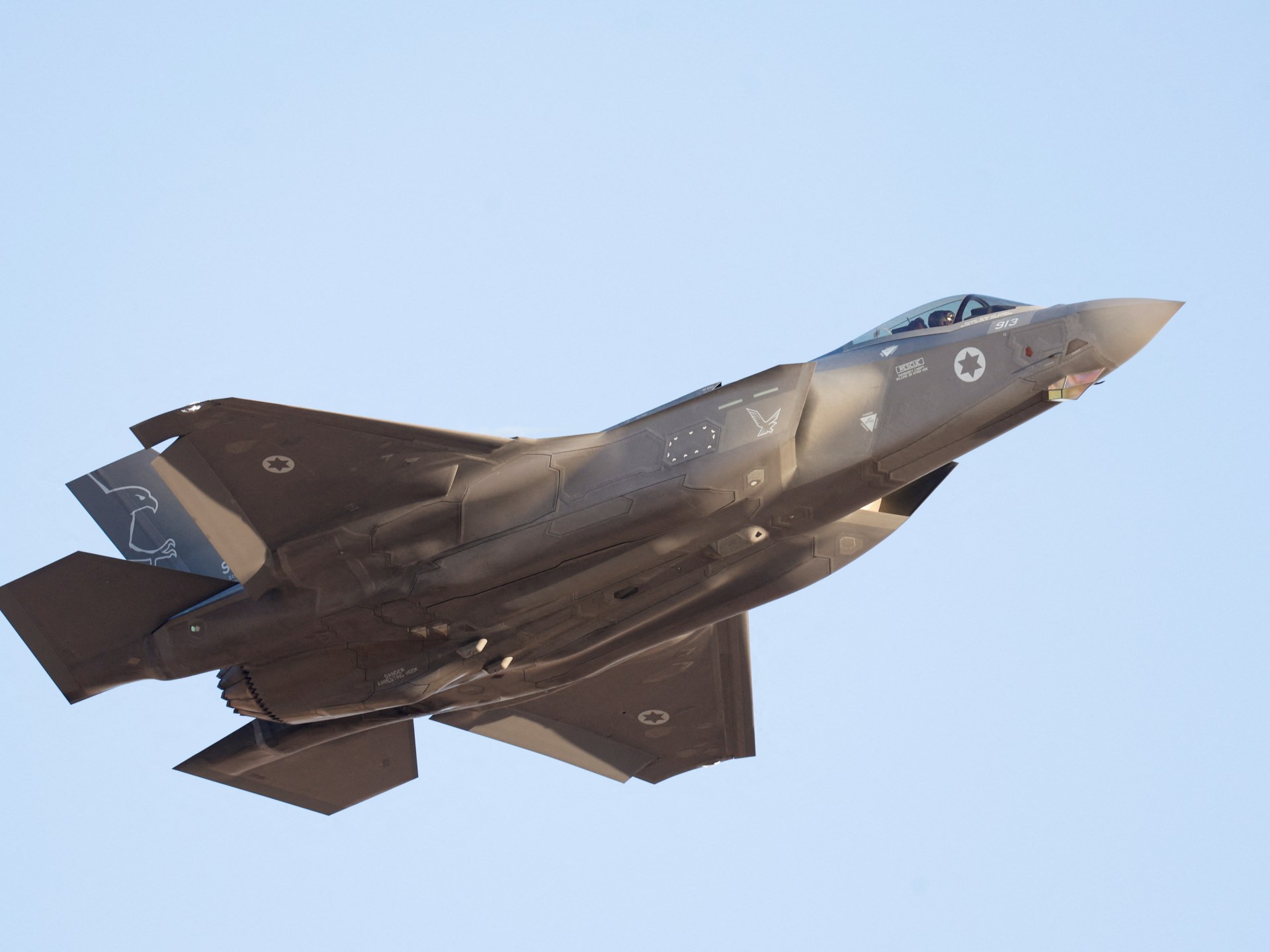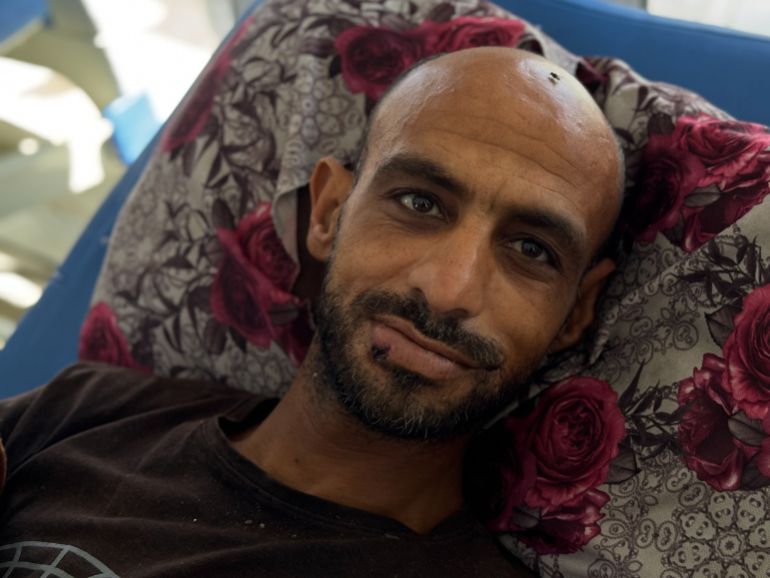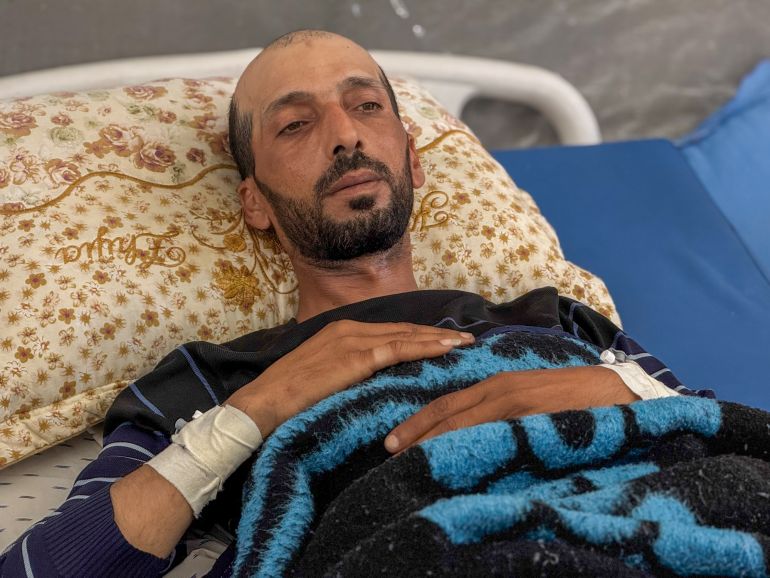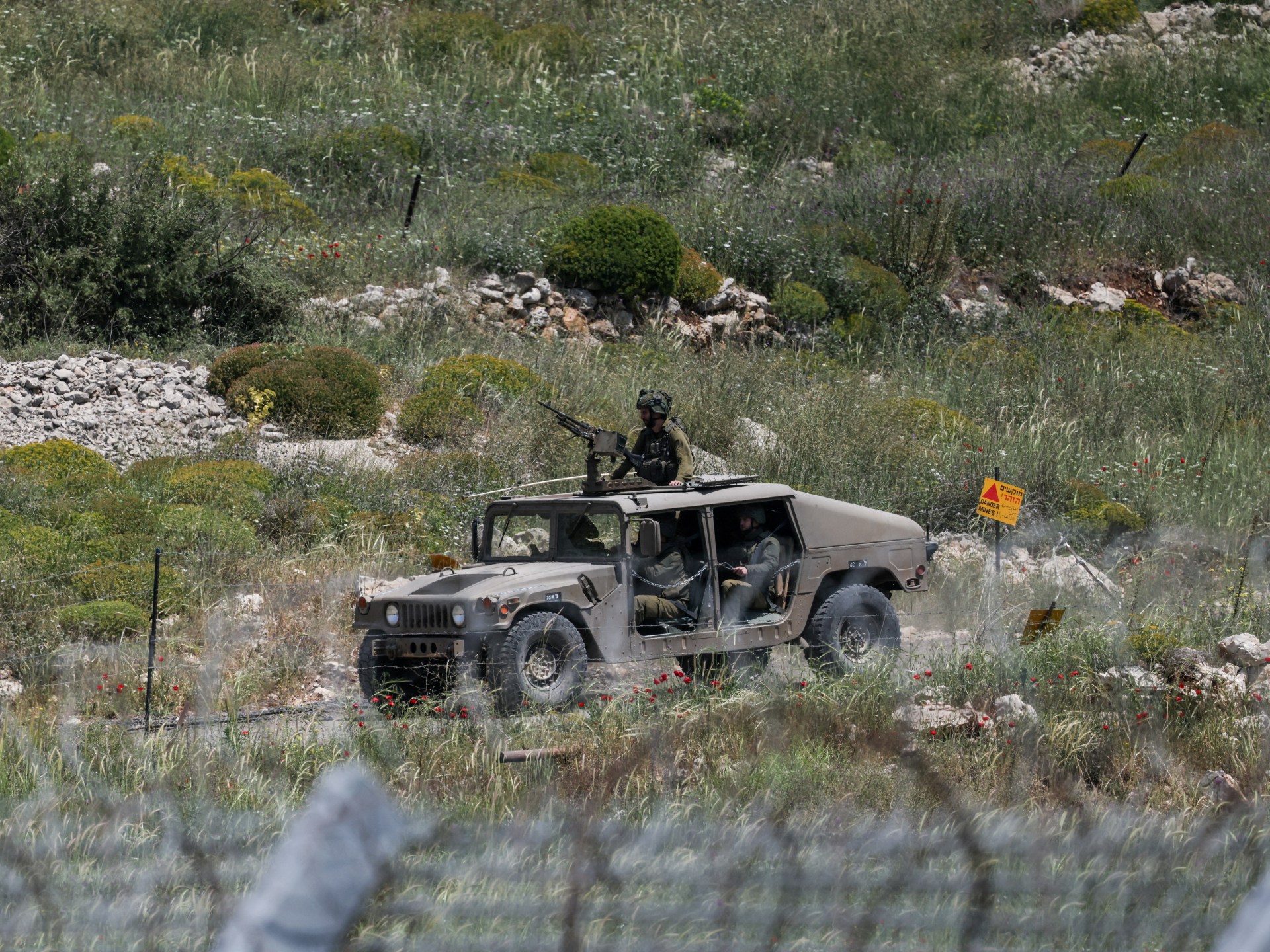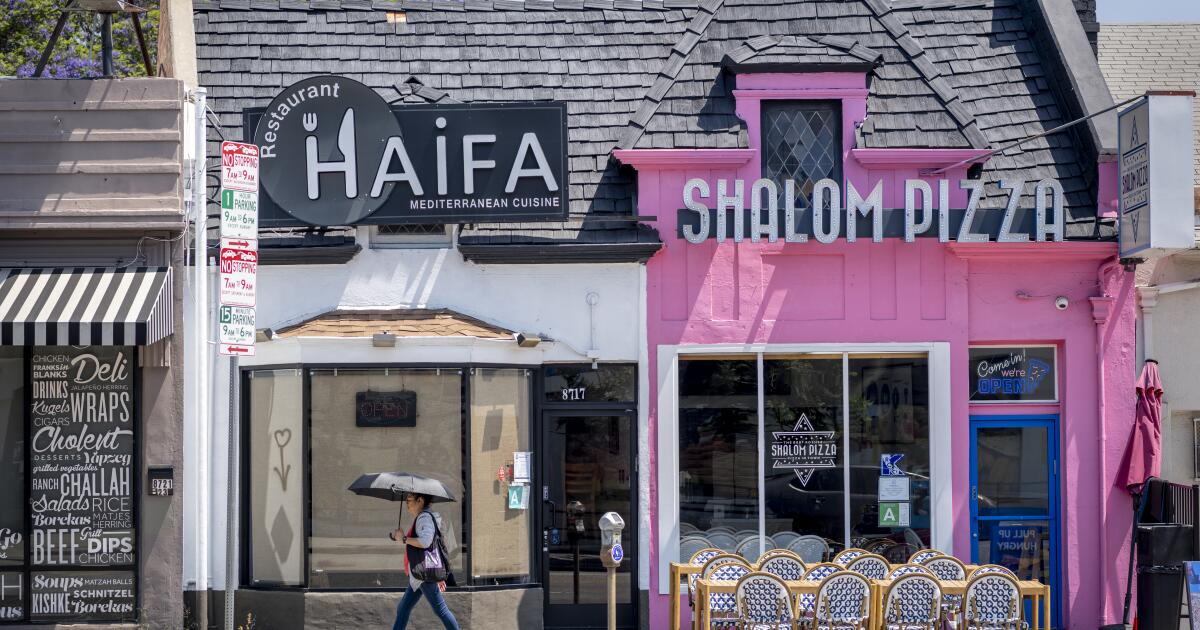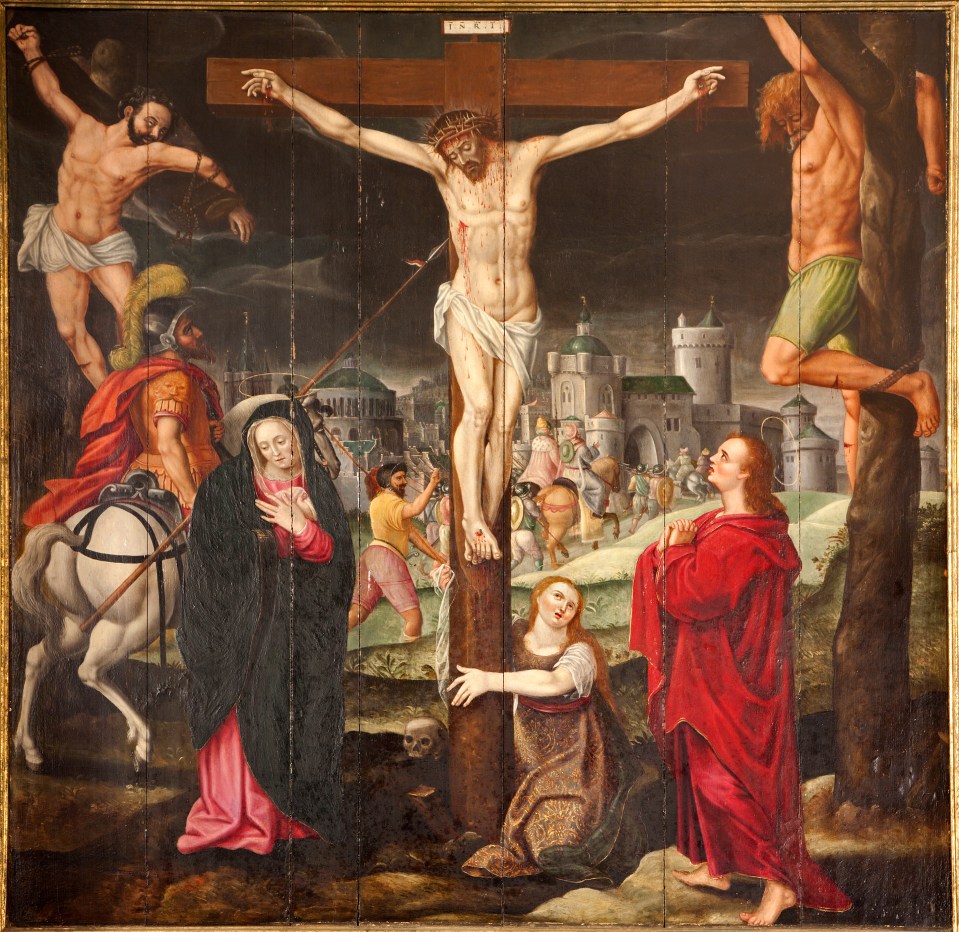State Department sanctions four ICC judges for U.S., Israel probes
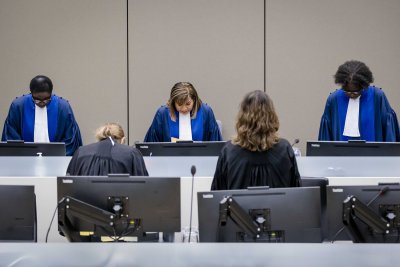
The U.S. State Department sanctioned International Criminal Court judges Solomy Balungi Bossa of Uganda, Luz Del Carmen Ibanez Carranza of Peru, Reine Adelaide Sophie Alapini Gansou from Benin (pictured here) as well as Beti Hohler of Slovenia. File Photo by Sem Van Der Wal/EPA-EFE
June 6 (UPI) — The United States on Thursday sanctioned four International Criminal Court Judges, citing investigations into U.S. personnel in Afghanistan and Israeli leaders.
The State Department announced the sanctions against Solomy Balungi Bossa of Uganda, Luz Del Carmen Ibanez Carranza of Peru, Reine Adelaide Sophie Alapini Gansou from Benin and Beti Hohler of Slovenia over what it described as the court’s effort to “arrest, detain or prosecute a protected person without consent of that person’s country of nationality.”
“We do not take this step lightly,” the State Department statement said. “It reflects the seriousness of the threat we face from the ICC’s politicization and abuse of power.”
The State Department noted that Bossa and Ibanez Carranza had authorized an investigation against U.S. personnel in Afghanistan, while Alapini Gansou and Hohler authorized warrants to arrest Israel’s Prime Minister Benjamin Netanyahu and former Minister of Defense Yoav Gallant.
Neither the United States nor Israel recognize the authority of the International Criminal Court.
“As ICC judges, these four individuals have actively engaged in the ICC’s illegitimate and baseless actions, targeting America or our close ally, Israel,” Secretary of State Marco Rubio wrote in a statement. “The ICC is politicized and falsely claims unfettered discretion to investigate, charge, and prosecute nationals of the United States and our allies. This dangerous assertion and abuse of power infringes upon the sovereignty and national security of the United States.”
The sanctions impose a block on “all property and interests in property” of the aforementioned judges, and American citizens are also forbidden, as per the order, from doing any business with the four judges, unless they’ve been issued a precise license issued by the U.S. Office of Foreign Assets Control or are exempt.
The Assembly of States Parties, which serves as the management oversight and legislative body of the ICC, announced Friday in a press release that it rejects the orders put forth by Trump and Rubio.
“Such actions risk undermining global efforts to ensure accountability for the gravest crimes of concern to the international community and erode the shared commitment to the rule of law, the fight against impunity, and the preservation of a rules-based international order,” it said.
European Union Council President Antonio Costa said via social media Friday that the EU “strongly supports” the ICC.
“We must protect its independence and integrity. The rule of law must prevail over the rule of power,” he said.
The sanctions follow an executive order from Trump issued in February that considered “any effort by the ICC to investigate, arrest, detain, or prosecute protected persons” a threat to American national security and foreign policy, and declared economic sanctions against the ICC.
The order’s measures include the blocking of property and assets, and the suspension of entry to the United States of ICC officials, employees and agents, as well as their immediate family members.
